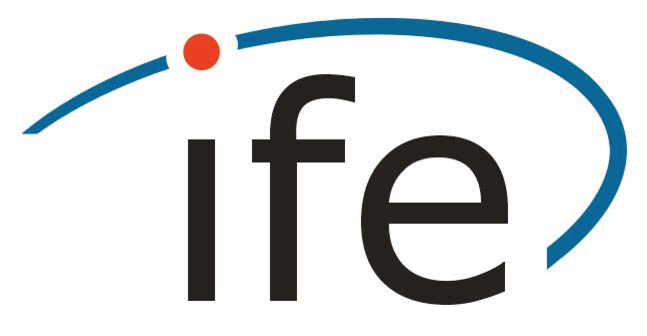Analysis of Novel Sensors and Satellite Formation Flights for Future Gravimetry Missions
- authored by
- Alexey Kupriyanov, Arthur Reis, Annike Knabe, Nina Fletling, Seyed Alireza HosseiniArani, Mohsen Romeshkani, Manuel Schilling, Vitali Müller, Jürgen Müller
- Abstract
Accelerometers (ACCs) in low-low satellite-to-satellite gravimetry missions measure the non-gravitational forces acting on the spacecraft that have to be taken into account to derive the gravitational contribution in the distance variations. Multiple ACCs form a so-called gradiometer that measure the gravity gradient. In satellite gravimetry up to now, only electrostatic ACCs were used, which are one of the main instrumental limitations due to their error contribution at low frequencies, known as drift.
In this paper, we compare the performance of electrostatic ACCs at low Earth orbits with other sensors, i.e. so-called Optical ACCs based on flight heritage of the LISA-Pathfinder mission, and theoretical ACC concepts, for example Cold Atom Interferometer (CAI) ACCs and hybridized sensors (combination of electrostatic and CAI ACCs) in terms of static gravity field recovery. Under our assumptions, in particular that high-frequency variations of the gravity field can be perfectly modeled and removed during gravity field recovery, the results may be limited in the future by the performance of the LRI.
We also discuss the outcomes from the various novel satellite formation flights (SFF) that utilize two orbits that differ either by right ascension of the ascending node (RAAN) or by inclination in order to acquire ranging information in the cross-track direction. The closed-loop simulations from both scenarios showed significantly lower order of magnitude of the residuals w.r.t. reference gravity field than from the anticipated future performance of the solely in-line GRACE-like satellite pair. Moreover, these triple satellite formations provide better multi-directionality of the retrieved data, avoiding the North-South striping behavior. However, it is worth noting that in such formations significant modifications are needed in the satellite bus, ACC test mass readout, LRI beam steering mechanism, etc. in order to be capable of measuring the cross-track range changes at higher range rates w.r.t. in-line GRACE-like configuration. In addition, a substantial reduction of costs in building and launching only three satellites rather than four as in double-pair constellations could be an advantage for such formations.- Organisation(s)
-
Institute of Geodesy
- External Organisation(s)
-
Max Planck Institute for Gravitational Physics (Albert Einstein Institute)
- Type
- Article
- Journal
- International Association of Geodesy Symposia
- Pages
- 1-11
- No. of pages
- 11
- ISSN
- 2197-9359
- Publication date
- 31.10.2024
- Publication status
- E-pub ahead of print
- Peer reviewed
- Yes
- Electronic version(s)
-
https://doi.org/10.1007/1345_2024_279 (Access:
Open)
-
Details in the research portal "Research@Leibniz University"




